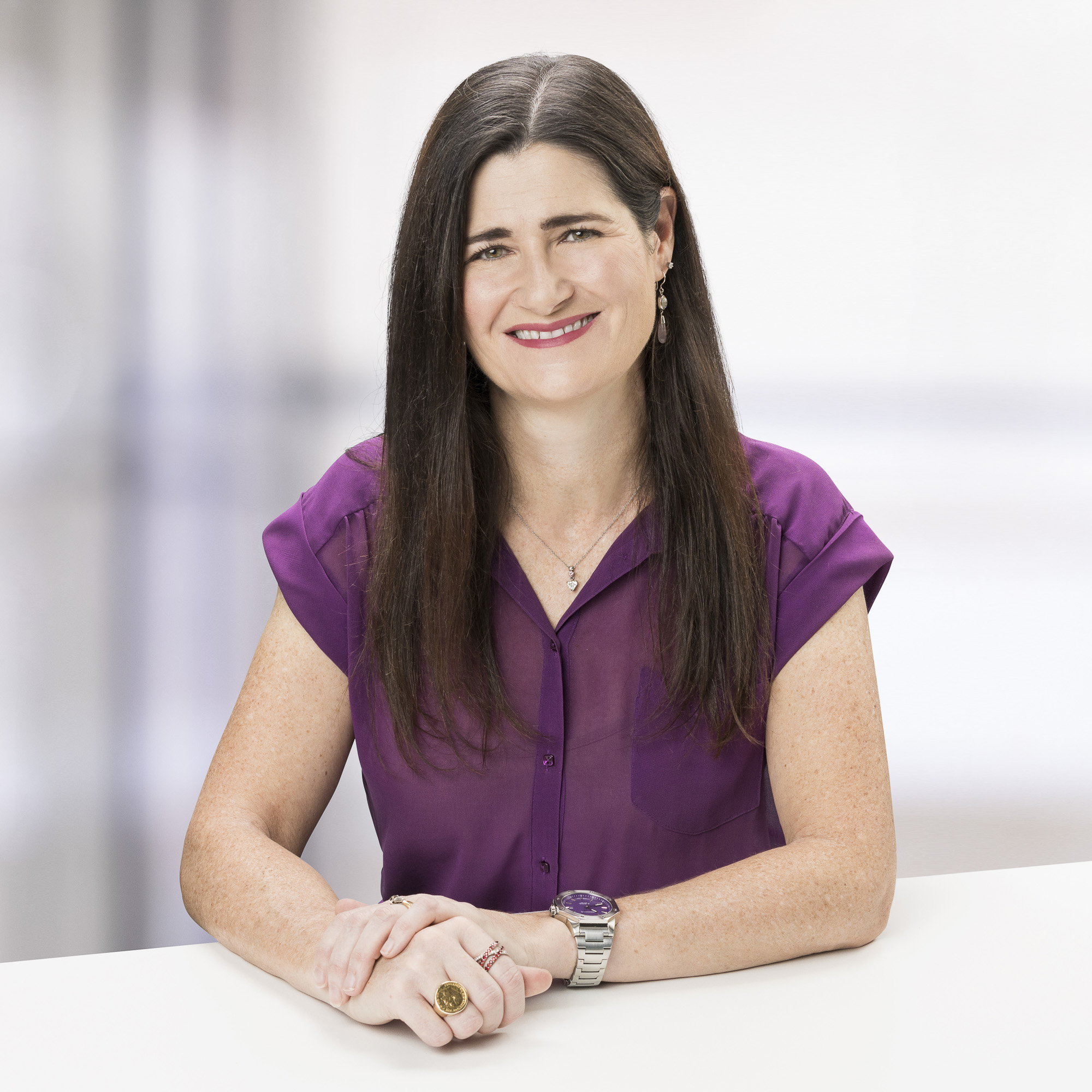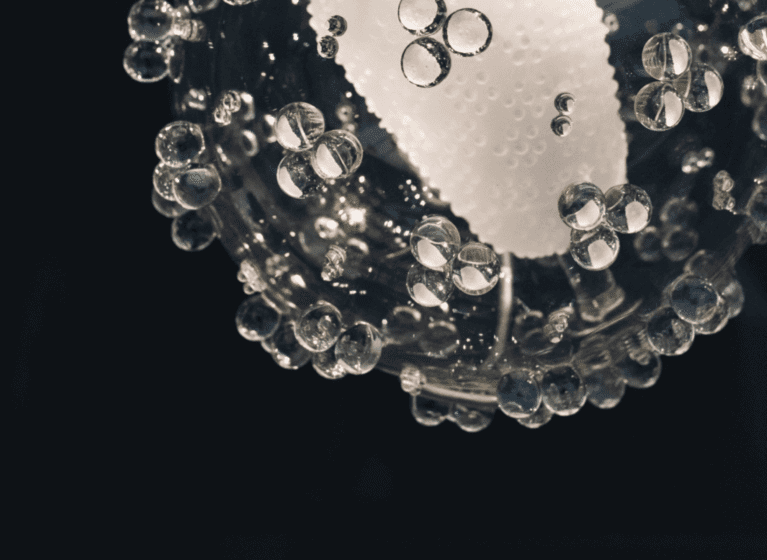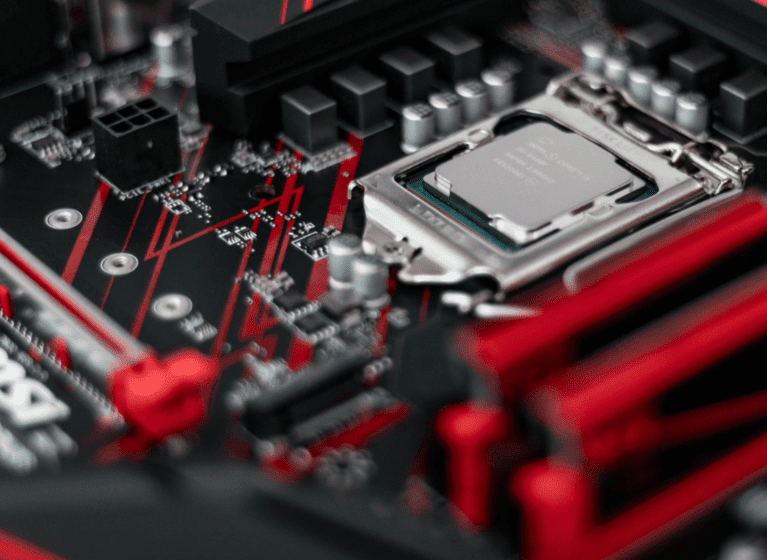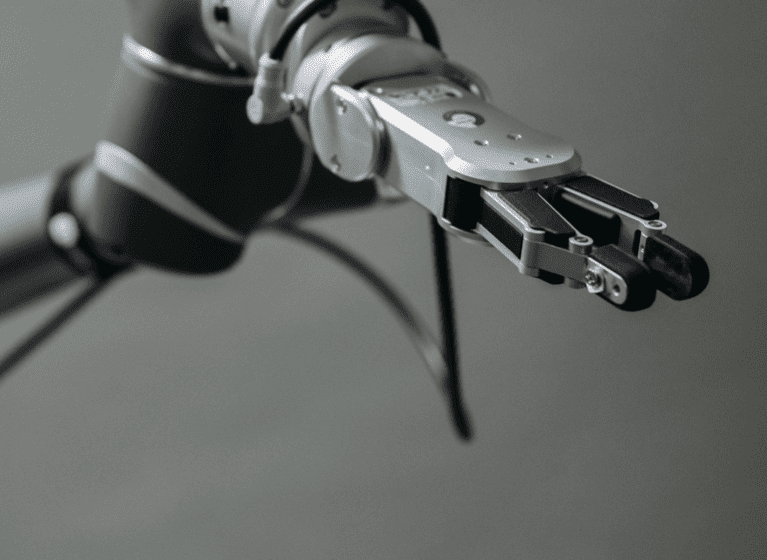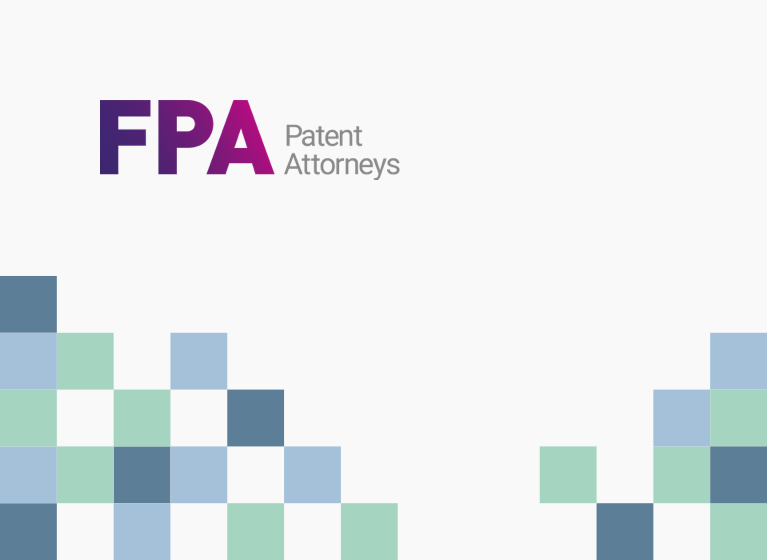The Australian appellant courts had their fair share of patent appeals in 2022. The Full Federal Court clarified the rules for extending the term of pharmaceutical patents, while the High Court of Australia delivered the most highly anticipated but ultimately anti-climactic decision of 2022: a split decision on patentable subject matter in the field of computer implemented inventions.
The house always wins: the Aristocrat gamble fails.
Aristocrat Technologies Australia Pty Ltd v Commissioner of Patents [2022] HCA 29
For the last couple of years, our ‘Year in Review’ articles have reported on the toing and froing in the Australian patent office and the courts as to the patentability of computer implemented inventions. In our 2021 review, we reported the successful Special Leave application filed by Aristocrat to our highest court and the hope for “some much needed clarity around the patentability of computer implemented inventions in Australia”. The invention in issue was a system and method for a feature game on an electronic gaming machine (EGM).
Unfortunately, illness among the 7 judge panel resulted in only 6 judges presiding over the appeal and a 3:3 decision, which is therefore non-binding on lower courts.
Despite the split decision, all 6 judges agreed on 2 points. 1. That many computer-implemented inventions are and remain eminently patentable; and 2. The rejection of the 2 part test adopted by the Full Federal Court that involved asking whether the claimed invention involved an advance in computer technology. It will be sufficient if the use of the computer delivers technical advantages in other fields.
The source of their divergence and indeed an important insight going forward for patent applicants in this space: how to characterise the invention.
- On one side, 3 of the judges characterised the invention as nothing more than a claim for a new system or method of gaming. Their Honours emphasised the lack of a component that is “physically affected” by Aristocrat’s invention, and stated that the implementation of an otherwise unpatentable idea or plan or game would require “some adaptation or alteration of, or addition to, technology otherwise well known in the common general knowledge to accommodate the exigencies of the new idea or plan or game”.
- On the other side the remaining judges characterised the invention as an electronic gaming machine that was altered by the inclusion of feature games and configurable symbols in its game controller. Specifically they characterised the invention as “an EGM incorporating an interdependent player interface and a game controller which includes feature games and configurable symbols”. This characterisation, in their opinion, progressed the invention beyond being merely a game incorporated into a generic EGM.
A more detailed discussion of this decision may be found here.
So while there remains some uncertainty around what requirements a claim to a computer-implemented invention must satisfy in order to be held patentable under Australian law, on the upside, the split decision leaves it open for the High Court to consider this question again. In the meantime the approach of the Australian Patent Office remains substantially unchanged and whilst there are some rejections, many patents for computer-implemented invention are being granted.
When is an inventor not an inventor? When the inventor is not a natural person.
Commissioner of Patents v Thaler [2022] FCAFC 62
Last year we reported a decision of a single judge of the Federal Court that an AI system can be an inventor for the purposes of the Australian Patents Act 1990. This decision put Australia squarely out of step with the US, Europe, the UK and New Zealand. This year the Australian Patent Office successfully appealed the decision to the Full Federal Court.
The AI system at the centre of this, ‘Device for the Autonomous Bootstrapping of Unified Sentience or “DABUS” is an AI system created by Dr Thaler. Dr Thaler is the owner of copyright in the system’s source code but asserted that ‘the invention was autonomously generated by an artificial intelligence’.
Whereas the Federal Court decision was based on a conclusion that the Patents Act did not preclude AI from being an inventor, the Full Court looked more closely at the language of previous Patent Acts and the history of patent law, with an overlay of policy consideration, to arrive at a conclusion that despite the absence of a definition in the Patents Act, an inventor can only be a natural person.
Fresh from their split decision regarding the patentability of computer implemented inventions in Australia, the High Court of Australia refused a Special Leave application brought by Dr Stephen Thaler to appeal the decision of the Full Court.
Apparently not so manifestly absurd or unreasonable – first in best dressed for PTE.
Commissioner of Patents v Ono Pharmaceutical Co. Ltd [2022] FCAFC 39
As discussed in our 2021 review of the top Australian patent law decisions, 2021 was a year rich with decisions regarding patent term extensions (PTE). 2022 kicked off with the appeal decisions, including one where the court in the first instance decision deemed the interpretation of the legislation adopted by the Australian Patent Office as leading to “manifest absurdity or unreasonableness”. Absurd or not, the appellant court agreed with the Australian Patent Office.
The issue arose when Ono sought an extension of term of its patent based on the ARTG listing of its OPDIVO product. But the relevant provision of the Patents Act requires identification of the “first regulatory approval date” for a pharmaceutical substance disclosed and claimed in the patent. Not only did Ono’s patent claim capture another antibody – that marketed as KEYTRUDA – but KEYTRUDA had been listed on the ARTG eight or so months before OPDIVO had been.
On appeal the Full Court of the Federal Court of Australia favoured the literal construction of the provision that an extension of term request must be based on the first approval of ANY substance that falls within the scope of the claims.
While recognising that one of the objects of the extension of term regime is to compensate a patentee of a drug for time lost in obtaining regulatory approval before it can exploit its claimed invention, the Full Court did not accept that this required that the regime be construed so as to achieve a “commercial outcome for the patentee”. Their Honours stressed that the regime seeks to “balance a range of competing interests, not just the interests of the patentee”.
This decision obviously has serious flow-on effects for patentees and their claiming strategy for products they are seeking to achieve regulatory approval of.
Don’t kill two birds (drugs) with one stone (application)
Merck Sharp & Dohme Corp. v Sandoz Pty Ltd [2022] FCAFC 40
The same appellant bench as the above-mentioned case considered the second patent term extension (PTE) decision at the same time. The issue in Merck v Sandoz arose because Merck’s patent encompassed two products: sitagliptin and sitagliptin with metformin. Both products received approval and listing on the Australian Register of Therapeutic Goods (ARTG), in 2006 and 2008 respectively. In order to be eligible for an extended term, there must be more than 5 years between the filing of the patent application, and the ARTG approval. Applying this requirement to the timing of the ARTG listing of the two products, only the combination product rendered the patent eligible for an extension of term.
But thanks to the way the PTE provisions work under Australian law, the entire patent is extended, not any particular claim or any particular pharmaceutical substance falling within the patent scope. Merck could thus enforce the patent against Sandoz for their exploitation of sitagliptin during the extended patent term. But as successfully argued by Sandoz, if Merck were permitted to rely on the first regulatory approval of the combination product rather than the first registered single product, Merck would have received “a monopoly over sitagliptin for more than 20 years in circumstances where it never suffered an unacceptable delay in its capacity to exploit sitagliptin”. The Full Court agreed.
Just like Ono decision discussed above, this decision has serious flow-on effects for patentees and their claiming strategy for products they are seeking to achieve regulatory approval of. Patent applicants would be wise to take both decisions in to consideration.
What is the issue with ‘about’ ‘essentially’ all about?
Pharmacia LLC v Juno Pharmaceuticals Pty Ltd [2022] FCAFC 167
In many jurisdictions, clarity objections are raised to terms such as “about” and “essentially” on the basis that the metes and bounds of the term in a patent claim are unclear. In this case it was the term “about” in particular and its construction that was crucial in deciding infringement. Specifically, the question was whether certain representative batches of Juno’s product fell within the scope of Pharmacia’s claims that defined the components as having ‘about’ certain percentage weight ranges. Claim 1 defined an amount of therapeutic agent “constituting about 30% to about 90% by weight”. Pharmacia argued that the word “about” signified a margin of error of 5%. In contrast, Juno argued that “about” allows for rounding to the nearest whole number, such that “about 90%” extends to 90.49% as its upper limit.
Pharmacia’s position was not helped by their use of the term “about” in different contexts, including with reference to measures of weight, time and pH. This was one of the reasons that led the Full Court to the conclusion that it could not always mean a 5% margin of error, and that the first instance decision that “about” was an approximating term that meant “near, close to”, was correct. Ultimately, the Full Court agreed with Juno that “about 90%” in the context of claim 1 extends to 90.49% as its upper limit.
The term “essentially” also attracted some attention for its use in a claim defining that the composition contains mostly, but not exclusively, the therapeutic agent and a buffering agent. The old favourite “comprises” and a direction in the specification that it was to be used in an inclusive sense also made another appearance, and was relied upon for another issue in the case as to whether residual water was to be taken into account in the weight calculation. Specifically, the Full Court agreed with the finding of the primary judge that “while residual water is not part of any of the constituents identified in (a)–(c) of claim 1, the inclusive definition of the word “comprising” allows for residual water to form part of the composition in powder form”.
The take home message for applicants? Use imprecise language at your own risk if your specification does not provide clarity as to what variation is contemplated for any given measure.
File before you trial
Astellas Pharma Inc. v Aragon Pharmaceuticals, Inc. [2022] APO 36
While not an appeal itself, this Patent office decision confirmed the findings of an appellant court from 2 years ago (Mylan Health Pty Ltd v Sun Pharma ANZ Pty Ltd [2020] FCAFC 116 (Mylan)) that clinical trial information, including untested but reasoned hypotheses published before the priority date of a patent application, can deprive method of treatment and Swiss-style claims of novelty and potentially an inventive step.
The claims at issue in Astellas were directed to methods of treating non-metastatic castration-resistant prostate cancer (nmCRPC) by administering either apalutamide (ARN-509) or enzalutamide (MDV3100) in combination with androgen deprivation therapy (ADT). Several prior art documents were cited relating to clinical trials in patients with nmCRPC.
The Applicant contended that “in order to be novelty-defeating, the prior art must disclose that the therapeutic effect would be achieved”. This would mean that a clinical trial would only be relevant for novelty and inventive step if it also included the results and successfully established the therapeutic end-point. But as established in Mylan, a reasoned hypothesis can be sufficient to destroy the novelty of method of treatment and Swiss-style claims for the reason that when properly construed, method of treatment and Swiss-style claims are directed to a therapeutic purpose rather than a therapeutic effect.
This creates a conundrum for patent applicants in generating sufficient data to support any such hypothesis, and navigating the tension that exists between support and inventive step when clinical trial information is prior art. The conundrum is magnified by the Australian approach being a deviation from the approach taken in Europe where the novelty of medical use claims over clinical trial information has been repeatedly acknowledged.
